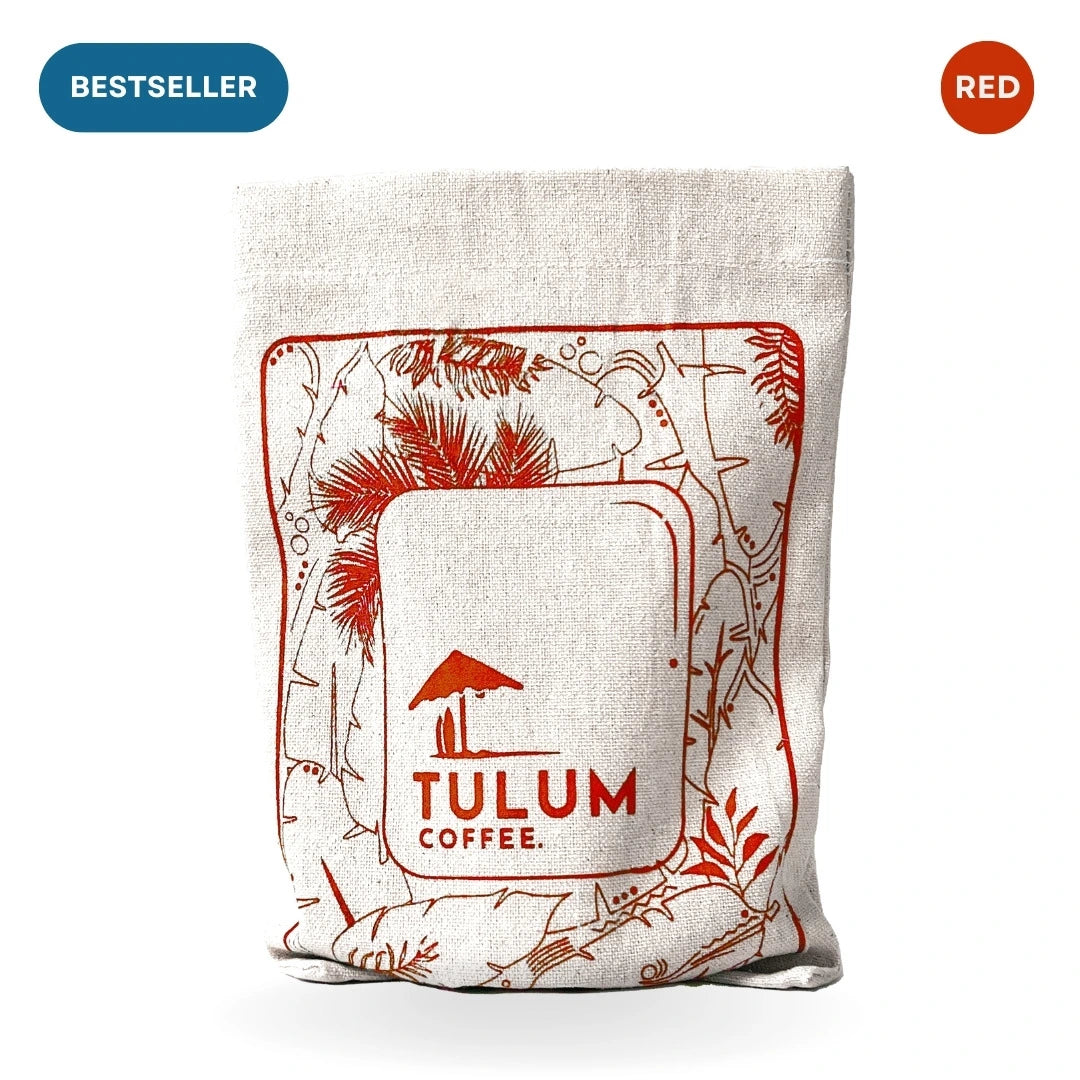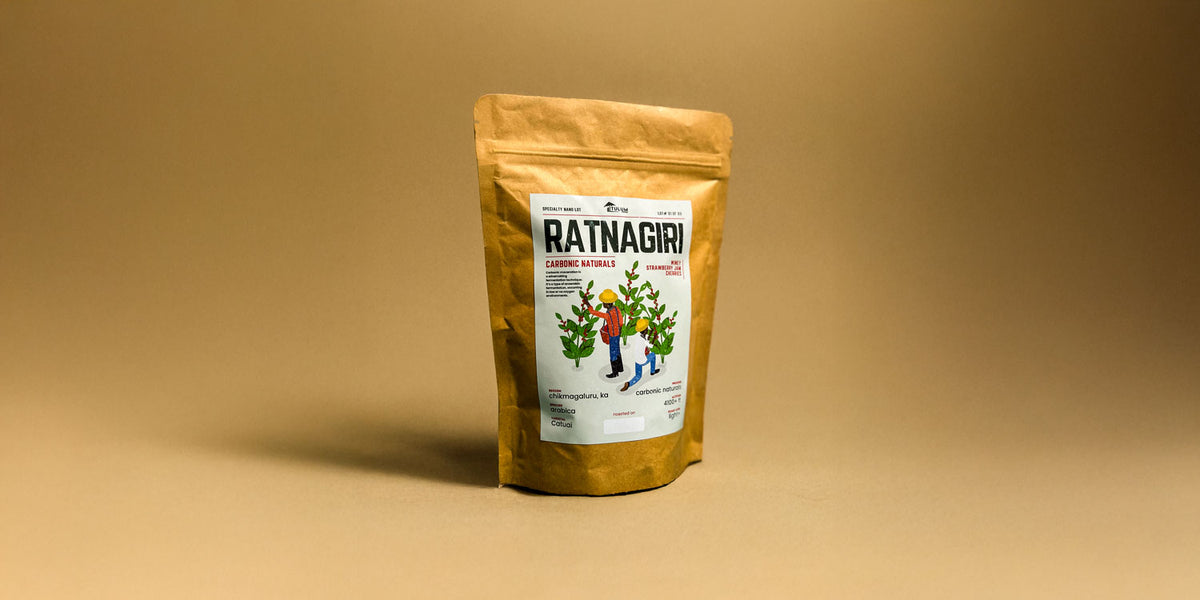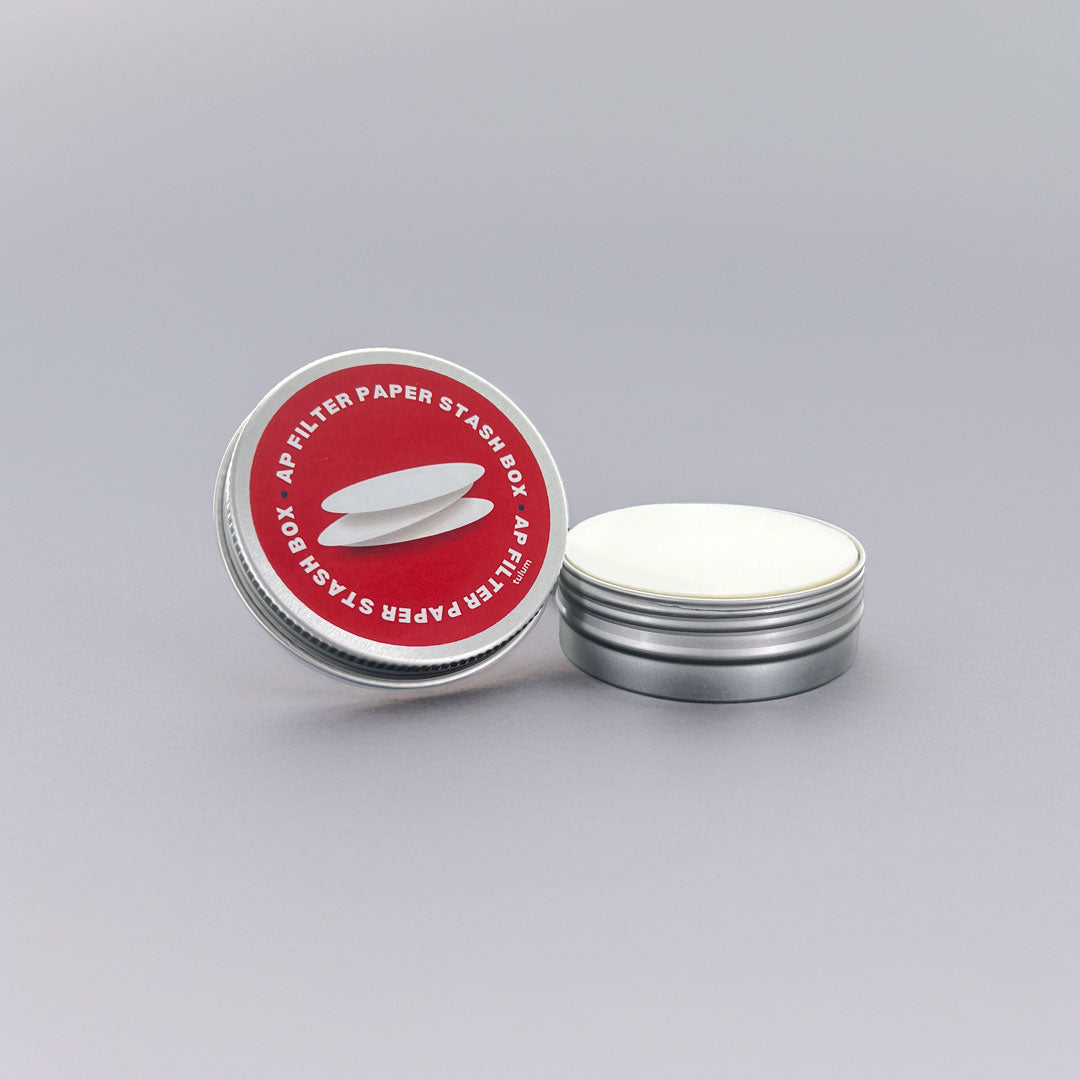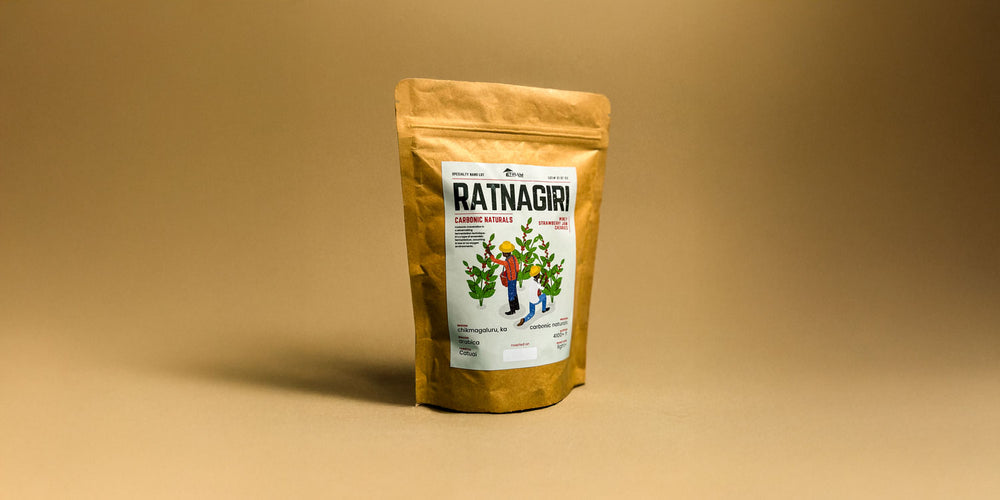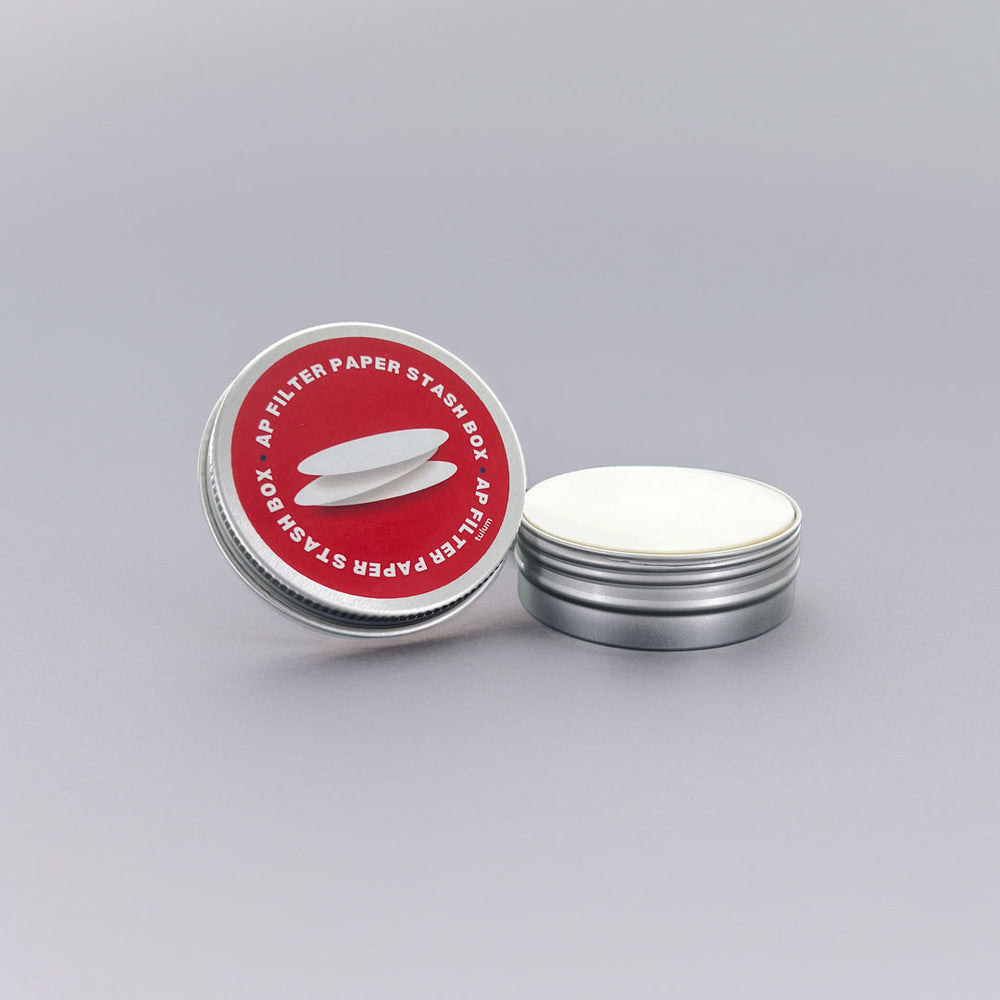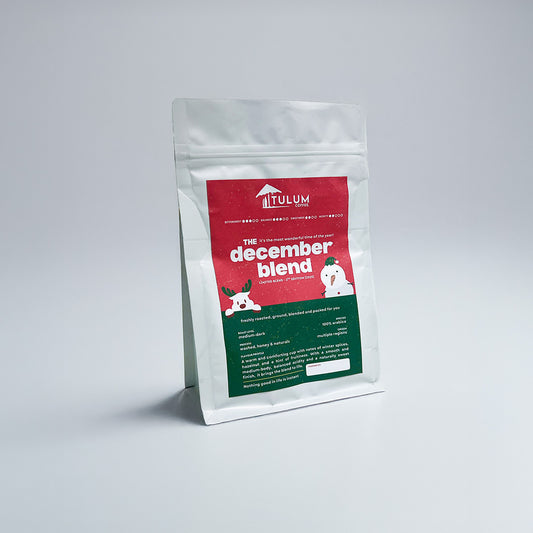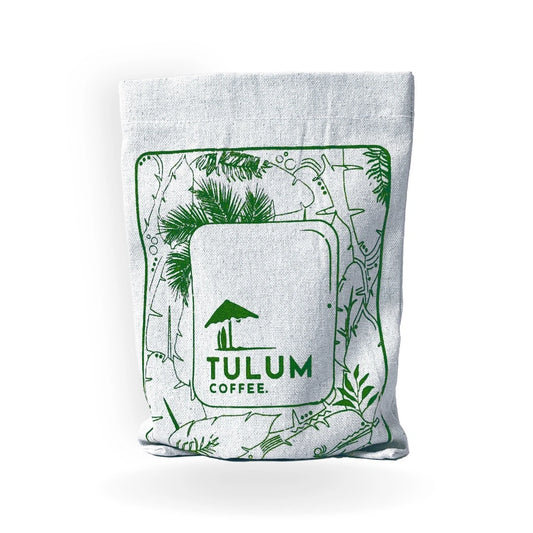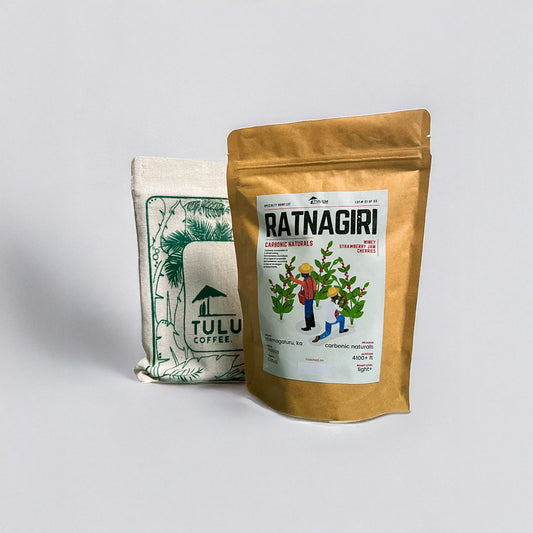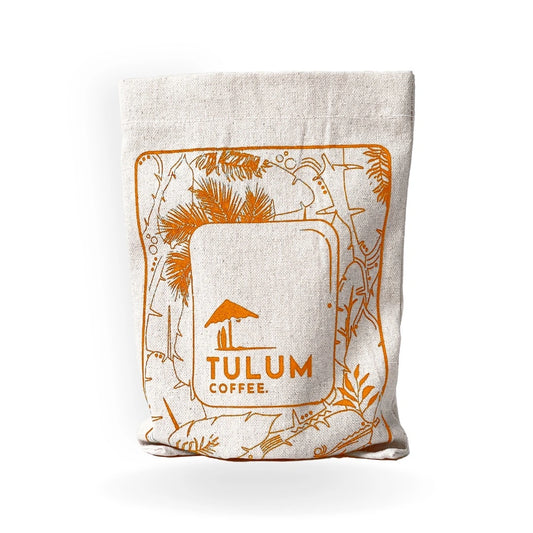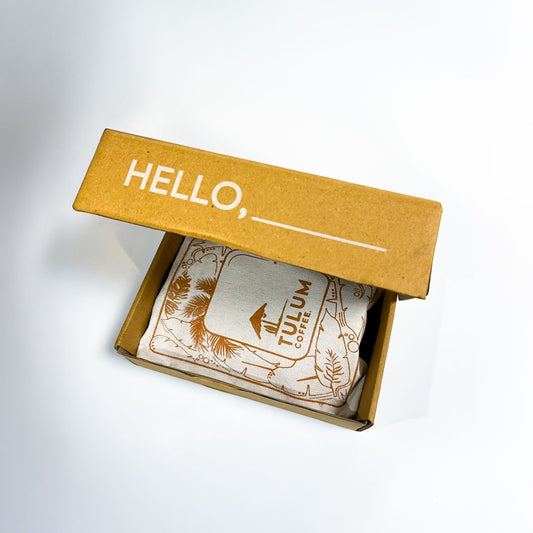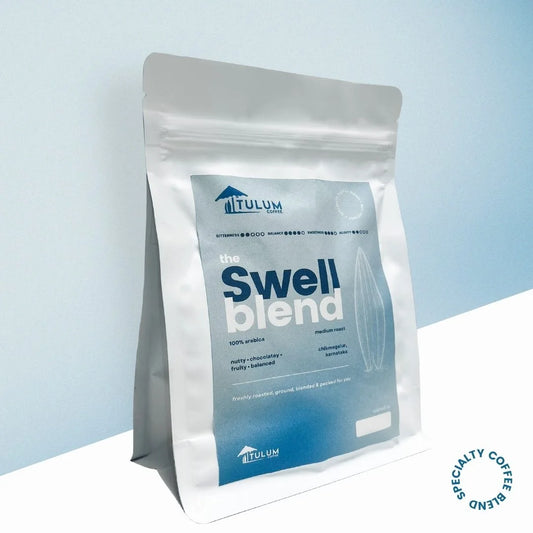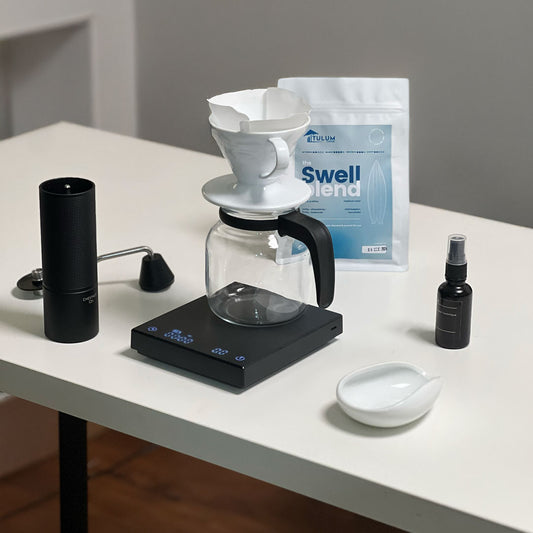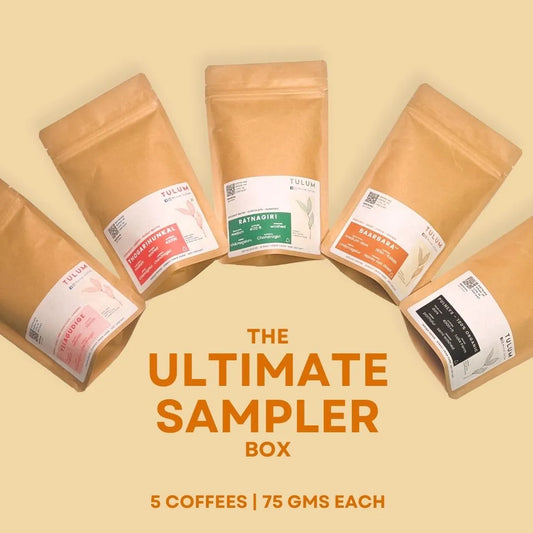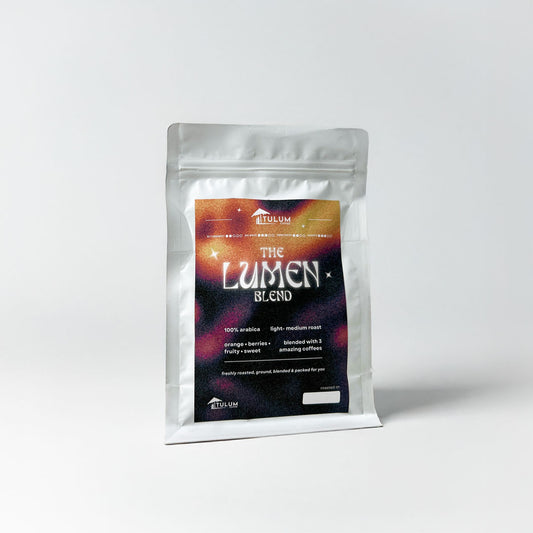The Difference Between Light, Medium, and Dark Roast Coffee
Share
Introduction to Coffee Roasting
Coffee roasting is an art form that significantly influences the taste, aroma, and overall experience of your cup of coffee. It's the process where green coffee beans are transformed into the aromatic, flavourful beans we brew to make our favourite beverage. Understanding the differences between light, medium, and dark roast is crucial for coffee enthusiasts seeking the perfect cup.
Light Roast Coffee

Characteristics of Light Roast
Light roast coffee beans are roasted for a shorter duration at lower temperatures compared to medium and dark roasts. This results in a lighter-coloured bean with a dry surface, retaining more of the bean's natural flavour.
Flavour Profile
Light roast coffee offers a delicate and nuanced flavour profile, often with floral, fruity, or acidic notes. The taste tends to be more pronounced, allowing the distinctive characteristics of the coffee bean to shine through.
Caffeine Content
Contrary to popular belief, light roast coffee actually contains slightly more caffeine than darker roasts. The shorter roasting time preserves more caffeine in the bean, providing a more potent kick.
Ideal Brewing Methods
Light roast coffee is best brewed using methods that highlight its bright acidity and complex flavours, such as Pour-over, Drip, or Aero Press.
Medium Roast Coffee

Characteristics of Medium Roast
Medium roast coffee strikes a balance between light and dark roasts, offering a more pronounced flavour profile while still retaining some of the bean's original characteristics.
Flavour Profile
Medium roast coffee typically features a well-rounded flavour profile with balanced acidity and body. It boasts a slightly richer taste compared to light roast, with notes of chocolate, caramel, and nuts.
Caffeine Content
Medium roast coffee contains a moderate amount of caffeine, making it a popular choice for those seeking a balanced brew with a satisfying kick.
Ideal Brewing Methods
Medium roast coffee is versatile and can be brewed using various methods, including French Press, Drip Coffee Maker, and Espresso Machine.
Dark Roast Coffee

Characteristics of Dark Roast
Dark roast coffee beans are roasted for a longer duration at higher temperatures, resulting in a shiny, oily surface and a significantly darker colour compared to light and medium roasts.
Flavour Profile
Dark roast coffee is characterised by its bold, robust flavour profile with hints of bitterness and smokiness. The prolonged roasting process caramelises the sugars in the beans, imparting a rich, complex taste.
Caffeine Content
Dark roast coffee contains the least amount of caffeine among the three roast levels due to the extended roasting process, which breaks down caffeine molecules.
Ideal Brewing Methods
Dark roast coffee is best suited for brewing methods that complement its bold flavour, such as Espresso, French Press, or Cold Brew.
Factors Influencing Roast Levels
Coffee Bean Selection
The type of coffee bean selected plays a crucial role in determining the final roast level. Different coffee varieties exhibit unique flavour profiles that may be enhanced or altered during the roasting process.
Roasting Time and Temperature
Roasting time and temperature are key factors that influence the roast level and flavour development of coffee beans. Small adjustments in these parameters can result in significant changes in the final product.
Roast Level Preference
Personal preference also plays a significant role in determining the ideal roast level for each individual. Some may prefer the bright acidity of light roast coffee, while others may favour the bold intensity of dark roast.
Conclusion
In conclusion, the difference between light, medium, and dark roast coffee lies in the roasting process, which significantly impacts flavour, aroma, and caffeine content. Whether you prefer the delicate complexity of light roast, the balanced richness of medium roast, or the bold intensity of dark roast, there's a coffee roast level to suit every palate.
